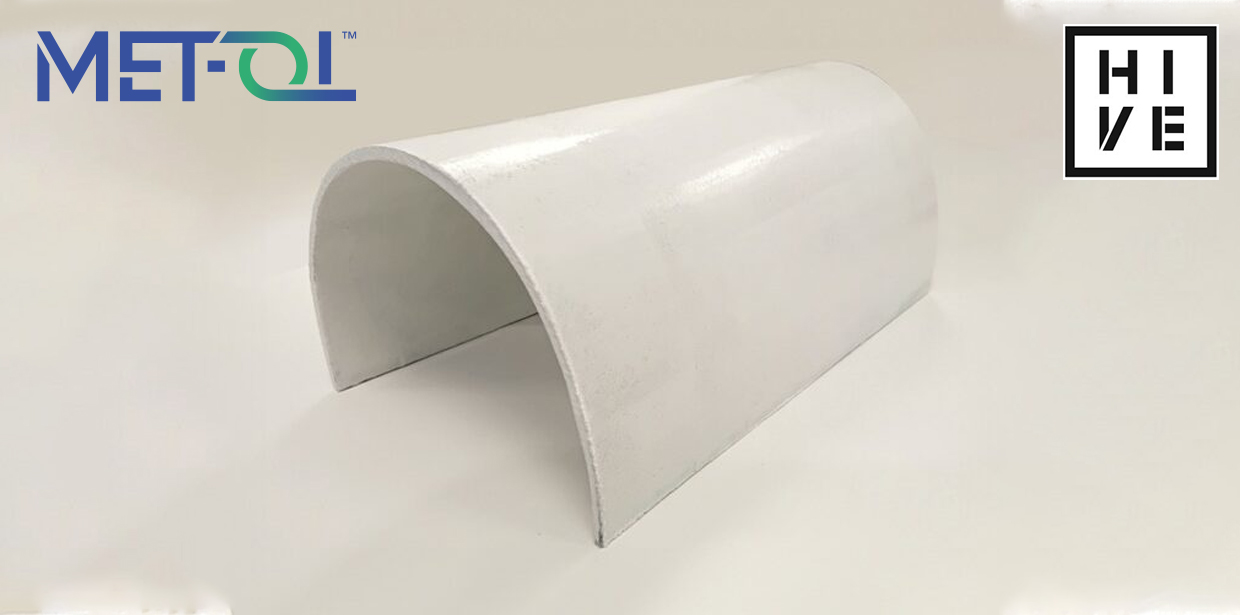Hive Composites Develops Breakthrough Low-Viscosity Thermoplastic for Wind Turbine Blades
BY Composights
Published: 13 Aug 2025
Hive Composites, a leader
in advanced materials design, prototyping and testing, has announced a
breakthrough in thermoplastic composites following a two-year Innovate
UK-funded research project targeting wind turbine blade applications.
With more than 30 years of
expertise in thermoplastics, Gerry Boyce and the Hive Composites team
have long recognised the benefits of the material, including recyclability and
superior mechanical properties. However, the high viscosity of molten
thermoplastics has traditionally limited fibre impregnation without high-pressure
processing, restricting applications to smaller parts with costly tooling.
The research focused on creating
a thermoplastic polymer that would combine low viscosity for fibre infusion,
high mechanical performance, recyclability, compatibility with conventional
thermoset processing, and cost parity with epoxy resins.

The result is MET-OL , a
proprietary low molecular weight form of polybutylene terephthalate (PBT)
developed using a novel chemical process. Unlike conventional PBT, which melts
at 235 C and requires high-pressure moulding, MET-OL melts at just 140 C
into a highly flowable liquid capable of rapid fabric infusion. Once in the
mould, the material is catalytically converted back into high molecular weight
PBT, delivering the strength, thermal stability and chemical resistance of its
original form.
MET-OL is supplied as a powder
via Hive s spin-off company, Metol Ltd. Comparative testing has shown improved
mechanical performance over epoxy and polyester resins, while Loughborough
University s preliminary Life Cycle Assessment highlights potential sustainability
advantages, particularly through end-of-life recyclability into high-value
applications.
This innovation could transform
manufacturing in sectors ranging from renewable energy and aerospace to
automotive, enabling larger-scale thermoplastic composite structures with lower
production costs and enhanced circularity.
Source: hivecomposites.com










